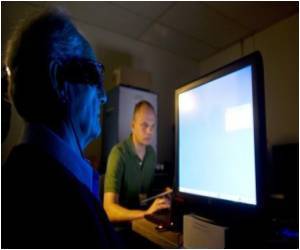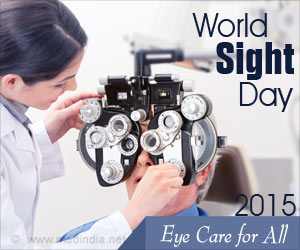Leading causes of preventable blindness can be treated with simple awareness about the illnesses, regular eye checkups. Discover leading causes of preventable blindness.
- Cataracts is a leading cause of visual impairment in India, accounting for 62.6% of cases
- The quality of eye care facilities is not uniform with south performing better than northern parts of the country
- In India Cataract surgeries can be performed for less than $25
Blindness and vision impairment
Go to source). India’s large population suffers from visual impairment, primarily attributed to cataracts, followed by refractive error, glaucoma, posterior segment disorder, surgical complication, and posterior capsular opacification, as per a study published in Cureus journal. The current situation is alarming and calls for immediate attention, especially in a country where the population is increasing at an exponential rate (1✔ ✔Trusted Source
Blindness and vision impairment
Go to source).
Read More..
National Program for Preventable Blindness and Role of Private Players and NGO’s in Eye Care
Dr. Umang Mathur, CEO of Dr. Shroff’s Charity Eye Hospital, believes that India has done quite well when it comes to eye care. India was the first country in the world to launch a national program for preventable blindness. The government plays the role of facilitator, but almost 75 percent of eye care interventions are outside the government system. Sight restoration surgeries are 75-80 percent and not in the government system. However, there are cross-subsidy models like Shroff’s, Aurobindo, LV Prasad, that have shown very good models of delivery that are humanitarian kind of service delivery.India has a very robust industry of making intra-ocular lenses and other gadgets for eye care that are unheard of in the rest of the world.
India can do a cataract surgery at less than $25/-, and that’s because of the supporting industry and low cost of care. Eye care though has had a reasonable focus but mush more requires to be done. At present the south is doing better that the north of the country and there are some very good not-for-profit players that are doing a high volume of work. The policies and financial aid have been positive on the part of the government, which allowed the not-for-profit work spaces to grow.
Challenges in Eye Care in India
Eye Specialist located in Major Cities:
The prevalence of eye diseases is a growing concern, and the situation is not uniform across India. There are several reasons for this. One reason is the distribution of doctors. Around 75 percent of eye specialists are in nine cities. Delhi-NCR alone has around 20 percent of the country’s ophthalmologist. This means that people in rural areas or smaller towns do not have access to the same level of care as those in larger cities. This maldistribution poses a challenge in disease management. There is also a need for creating enough trained paramedical staff.
Causes of Blindness in India:
Dr. Mathur highlights that the recent rapid assessment of blindness done by the AIIMS with the National Prevention of Corneal Blindness (NPCB) showed that
- About 65 percent of blindness is because of cataracts
- Another 8 percent, which is unique to India, is corneal blindness - this is because our agrarian population gets infections on the cornea
- Another 7.2 percent is because of poor outcomes of cataract surgery - this is almost the third biggest cause. Part of it is because patient’s need glasses after surgery, which they never get
Diabetic Retinopathy:
The new problem that we are seeing is diabetic retinopathy, where people with diabetes over a period of ten years start developing hemorrhagic patches on the retina. If detected in time, and if diabetes is under control, these can be delayed. But patients tend to come very late.
Glaucoma:
is another problem where a large chunk of the population is at risk of developing the disease, which can be prevented just by early screening and check-ups.
Refractive Errors in Children:
In children, refractive errors are a common ailment. Most require just a pair of glasses. And with COVID-19, computer or cell phone screen time has increased, and myopia is on the increase, mainly among the urban population.
Preventive Measures for Eye Care
The current situation demands attention, and there is a need for taking preventive measures to tackle the issue. Dr. Mathur suggests that children need to go for regular screenings.Furthermore, Dr. Mathur emphasizes the importance of regular eye check-ups for adults, especially after the age of 40. Many eye conditions are treatable or preventable, and early detection can make a significant difference in treatment outcomes. A balanced diet can also play a role in maintaining healthy eyes.
Despite these challenges, there is reason for optimism. Eye care is indeed a critical issue, while there have been significant strides made in the field - challenges like unequal distribution of doctors, lack of awareness about the importance of eye health, and emerging eye health issues need to be addressed. With continued efforts to improve eye care access and education, India can continue to make progress in reducing preventable blindness and improving the quality of life for millions of people.
Reference:
- Blindness and vision impairment - (https://www.who.int/news-room/fact-sheets/detail/blindness-and-visual-impairment)
Source-Medindia













